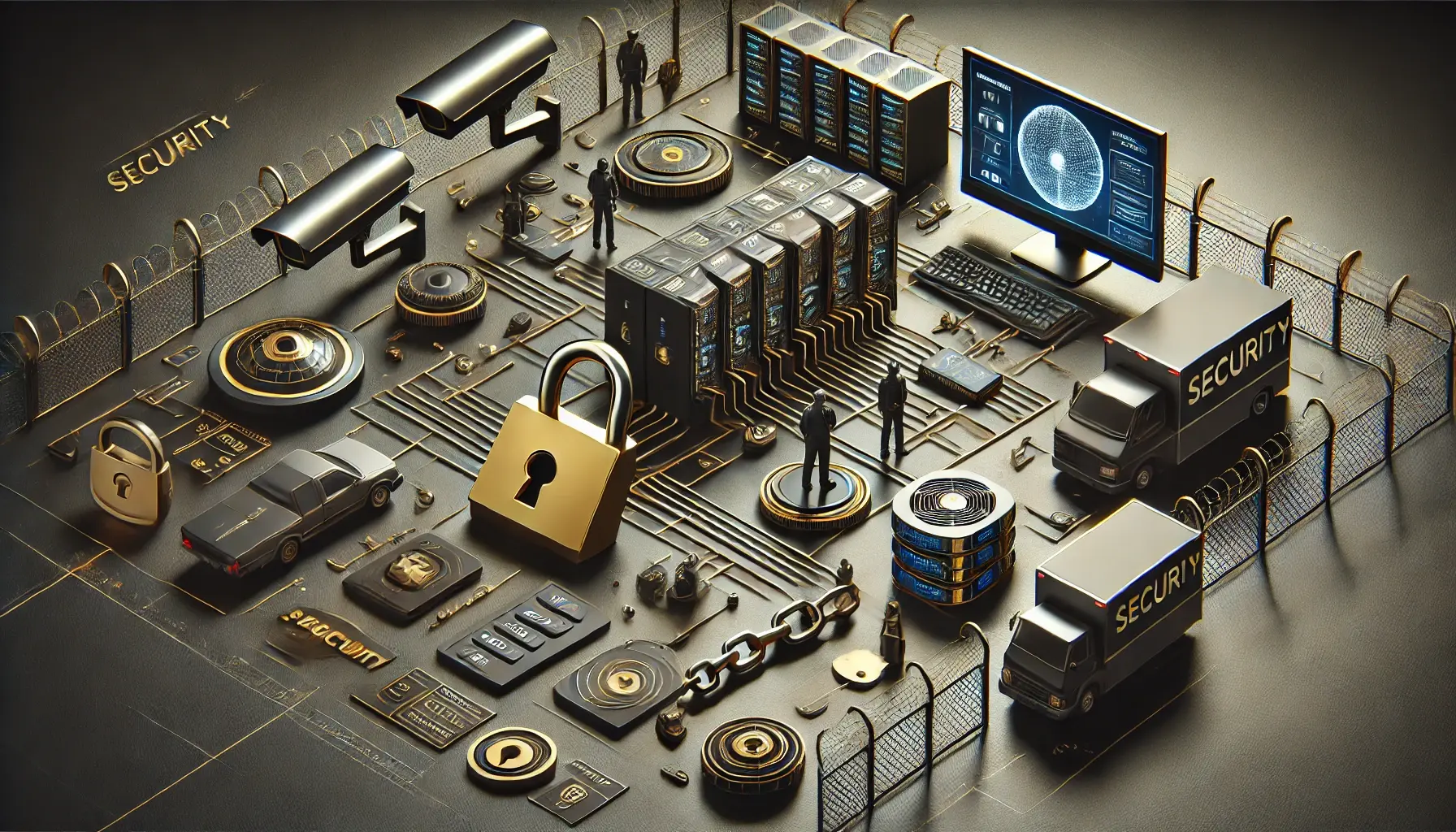In today's rapidly evolving security landscape, relying on a single method to protect assets is no longer sufficient. For property managers, chief security officers, and security company hiring managers, implementing multi-layered security strategies is crucial. This approach addresses various threats comprehensively, ensuring robust protection.
Understanding Multi-Layered Security
Multi-layered security, also known as defense in depth, involves deploying several security measures to protect against different types of threats. This strategy is akin to having multiple barriers, each designed to thwart different attack vectors. The aim is to create a comprehensive security posture that is more resilient to breaches.
Key Components of Multi-Layered Security
- Physical Security
- Access Control Systems: Utilize keycards, biometric scanners, and PIN codes to restrict entry.
- Surveillance Cameras: Monitor activities in real-time and store footage for future reference.
- Security Personnel: Deploy trained security guards to patrol and respond to incidents.
- Cybersecurity
- Firewalls: Implement robust firewalls to block unauthorized access to networks.
- Antivirus Software: Use up-to-date antivirus programs to detect and neutralize malware.
- Encryption: Encrypt sensitive data both in transit and at rest to prevent unauthorized access.
- Operational Security
- Policies and Procedures: Establish clear security protocols and ensure staff are well-trained.
- Incident Response Plans: Develop and regularly update plans to respond to security breaches promptly.
- Regular Audits: Conduct frequent security audits to identify and rectify vulnerabilities.
- Environmental Security
- Lighting: Ensure adequate lighting around the property to deter intruders.
- Landscaping: Design landscaping to eliminate hiding spots and enhance visibility.
- Fencing and Barriers: Install fences and barriers to prevent unauthorized access.
Benefits of Multi-Layered Security
- Enhanced Protection: Multiple layers make it more difficult for an attacker to bypass all security measures.
- Redundancy: If one layer fails, others are in place to provide continued protection.
- Comprehensive Coverage: Addresses a wide range of threats, from physical intrusions to cyber attacks.
Implementing Multi-Layered Security
Implementing a multi-layered security strategy requires careful planning and coordination. Here are steps to guide the process:
- Risk Assessment
- Identify potential threats and vulnerabilities specific to your property or organization.
- Evaluate the likelihood and impact of these threats to prioritize security measures.
- Security Planning
- Develop a comprehensive security plan that integrates physical, cyber, operational, and environmental security measures.
- Ensure the plan is flexible and adaptable to evolving threats.
- Resource Allocation
- Allocate appropriate resources, including budget, personnel, and technology, to implement the security measures.
- Invest in high-quality security solutions that offer long-term benefits.
- Training and Awareness
- Train staff on security protocols and ensure they understand their roles in maintaining security.
- Promote a culture of security awareness to encourage vigilance and proactive behavior.
- Continuous Improvement
- Regularly review and update security measures to address new threats and improve effectiveness.
- Incorporate feedback from security audits and incident reports to refine strategies.
Challenges and Considerations
While multi-layered security offers numerous benefits, it also presents challenges:
- Cost: Implementing multiple security measures can be expensive. It's important to balance cost with the level of risk and the value of the assets being protected.
- Complexity: Coordinating various security measures requires careful planning and management. Ensure clear communication and coordination among all stakeholders.
- Maintenance: Regular maintenance and updates are essential to keep security measures effective. This includes software updates, hardware maintenance, and retraining staff.
FAQs
Q: What is the most important layer in a multi-layered security strategy? A: All layers are important as they address different types of threats. The effectiveness lies in the combination of all layers working together.
Q: How often should security measures be reviewed and updated? A: Regular reviews are crucial, ideally every six months, or immediately following any security incident.
Q: Can small businesses afford multi-layered security? A: Yes, even small businesses can implement cost-effective multi-layered security measures by prioritizing based on risk and gradually adding layers.
Q: What are some signs that my current security measures are insufficient? A: Frequent security breaches, unauthorized access incidents, and feedback from security audits indicating vulnerabilities are key signs.
Q: Is cybersecurity more important than physical security? A: Both are equally important as they protect against different types of threats. A balanced approach is necessary for comprehensive protection.
.png)
.png)
.png)

.png)
.png)

.png)
.png)
.png)
.png)
